Public spaces are everywhere — parks, libraries, train stations, and marketplaces. Though they might seem ordinary, they play a powerful role in shaping how we act and interact. In a place like Singapore, known for its urban organization, public areas are designed and managed with purpose, reflecting how space can guide people toward more thoughtful behavior. The same pattern shows up around the world: when spaces are planned with care and respect, people respond positively.
The Deeper Meaning of Public Space
Public areas aren’t just about infrastructure. They reflect values, progress, and priorities. In Singapore, city energy blends with green retreats. Wide paths, clean facilities, and easily accessible parks — especially Singapore’s parks — create comfort and ease for everyone. That comfort translates to improved social behavior, as people feel more at ease, and tensions stay low.
Similarly, in other countries, these spaces often act as social centers. When people feel safe and relaxed outdoors, they’re more willing to interact. There’s more trust in the environment and each other, and in turn, people behave more responsibly. But when spaces are cramped or neglected, patience fades quickly, and disrespect grows.
Design Elements That Influence Behavior
Organized Layouts Shape Movement
In Singapore, spacious sidewalks and well-marked pathways reduce crowding and accidents. People walk more freely, shielded by trees and canopies. A neat, predictable environment builds habits of courtesy and discipline.
In Europe, cities use smart designs — visible signs, walk signals, and street setups that prioritize pedestrian safety. As a result, this order gives people a sense of calm and sets expectations for how to behave.
Greenery and Green Spaces Make a Difference
Plants ease stress. Singapore’s parks and Gardens by the Bay, with their mix of natural and futuristic elements, offer calmness and health benefits. In cities across the U.S., programs turn empty lots into green spaces, offering shade, cleaner air, and a break from concrete. These natural touches promote well-being.
Spaces That Invite Rest
Comfortable seating areas promote longer stays. In Singapore, benches along rivers and walkways invite people to sit, talk, and slow down. In France, sidewalk cafés become casual classrooms of culture and observation. When spaces feel inviting, social harmony naturally grows.
Facilities for Everyone
Accessibility matters. Singapore’s public transit and facilities support seniors and people with disabilities. Clear signs and well-maintained bathrooms show that all needs are considered. These thoughtful designs encourage respect and inclusivity.
In Tokyo, even small green pockets remain open and barrier-free. Everyone is welcome — a reminder that no one should be excluded from shared spaces.
Cleanliness and Safety Go Hand in Hand
Singapore enforces strict cleanliness rules. As a result, a peaceful, orderly atmosphere follows. Bright lighting, logical traffic flows, and security presence help prevent crime. People feel secure, and negative behaviors happen less often.
Culture’s Role in Shaping Interaction
In Latin America, plazas remain places of gathering and exchange. Over time, this openness became part of the social fabric. In Singapore, neighborhoods like Chinatown and Little India reflect tradition and modern living, blending respect for heritage with new opportunities. These spaces connect people through shared identity.
The Environment as a Silent Teacher
Spaces send cues. Libraries demand quiet. Playgrounds invite energy. In Australia, active public zones with courts and tracks encourage movement. This is called social proof — people often follow the behavior of others around them. When good behavior becomes visible, it turns into a shared norm.
Positive Examples from Around the World
Respect Grows in Orderly Spaces: Clean, well-marked environments promote discipline without the need for enforcement.
Community Bonds Strengthen: Safe, well-loved areas spark local initiatives and collective care.
Culture Becomes Visible: When historical features or artistic touches are present, people engage with a deeper sense of belonging.
Behavior and the Mind
From a psychology lens, surroundings often act as behavioral triggers. Bright, open areas encourage calm and cooperation. Dirty, chaotic ones tend to increase frustration. These reactions, known as environmental stressors, shape how we treat each other over time.
Public Spaces Across Nations
Singapore: Discipline in Practice
Singapore maintains public housing, food courts, and transport hubs with a high level of care. These efforts teach residents to take pride in their environment. Government programs ensure every corner gets attention.
United States: Wide Green Spaces
Places like Central Park give people room to move and relax. Locals and tourists mingle, exercise, and connect. Events, music, and pop-up markets build shared joy and respect.
Europe: Living with History
Many European cities preserve old architecture while modernizing the space around it. Open plazas and sidewalk cafés encourage social connection. With history on display, people behave with more mindfulness.
Japan: Balance Between Nature and City
Japan blends gardens into urban life. Even in busy Tokyo, rules about waste disposal and park usage are followed carefully. People treat public areas with care because they see those spaces being valued.
The Role of Technology
Public Wi-Fi, smart benches, and digital guides enhance outdoor experiences. These tools can help, yet they must not replace personal interaction. When used wisely, technology supports access and safety without disrupting social connection.
Economic Impact
Well-kept public areas attract visitors and investors. Singapore’s clean image boosts tourism and business. Improved infrastructure raises property value, benefits shops, and strengthens the economy through a ripple effect.
Challenges and Community Care
As areas improve, costs may rise — sometimes pushing out longtime residents. Fair planning helps avoid this. By including locals in decisions, cities ensure change benefits everyone. Community voices help design spaces that are truly shared.
Respect as a Habit
In Singapore, discipline begins early in life. People don’t need constant reminders — they carry responsibility with them. This mindset spreads and inspires care wherever they go. In other places, when people value their surroundings, they behave accordingly. Respect becomes a habit.
Welcoming All Walks of Life
Spaces should serve the elderly, children, and those with disabilities. Ramps, signs, and safe restrooms offer dignity for all. Some cities provide transport and programs for senior citizens or those with mobility challenges. As a result, people feel included, which lifts community spirit.
Creative and Cultural Expressions
Public art brings life to shared areas. In Singapore, installations and performances enrich the visitor experience. In the U.S. and Europe, street artists add vibrancy to parks and plazas. These expressions attract attention and spark appreciation.
Ideas for Stronger Shared Spaces
- Open Dialogues: Encourage feedback from locals about how to improve spaces.
- Support Local Art: Make room for murals, exhibits, and performances.
- Maintain Consistently: Don’t just build — budget for upkeep.
- Teach the Youth: Start awareness programs early to nurture care and pride.
Looking Ahead
Urban planning must adapt as cities grow. In Singapore, innovations like rooftop gardens and vertical greenery make efficient use of space. Blending old and new keeps culture alive. Smart tools — sensors, digital displays — can guide behavior, but human-centered values must stay central.
Public spaces matter because they connect us. When they’re welcoming, clean, and cared for, they lift our behavior and build community. Whether walking through a shaded path or sitting beside a river, people instinctively respond to environments made with care. And in doing so, we shape not just our surroundings, but our shared future.
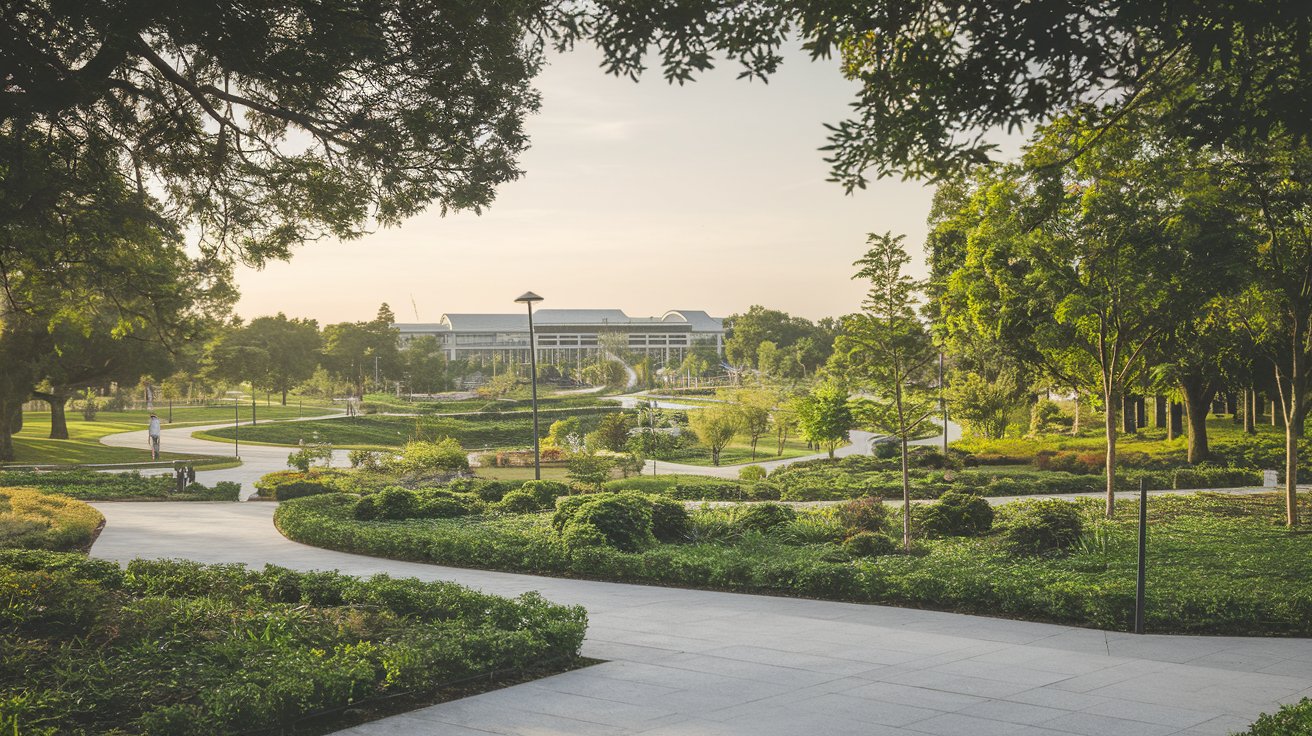



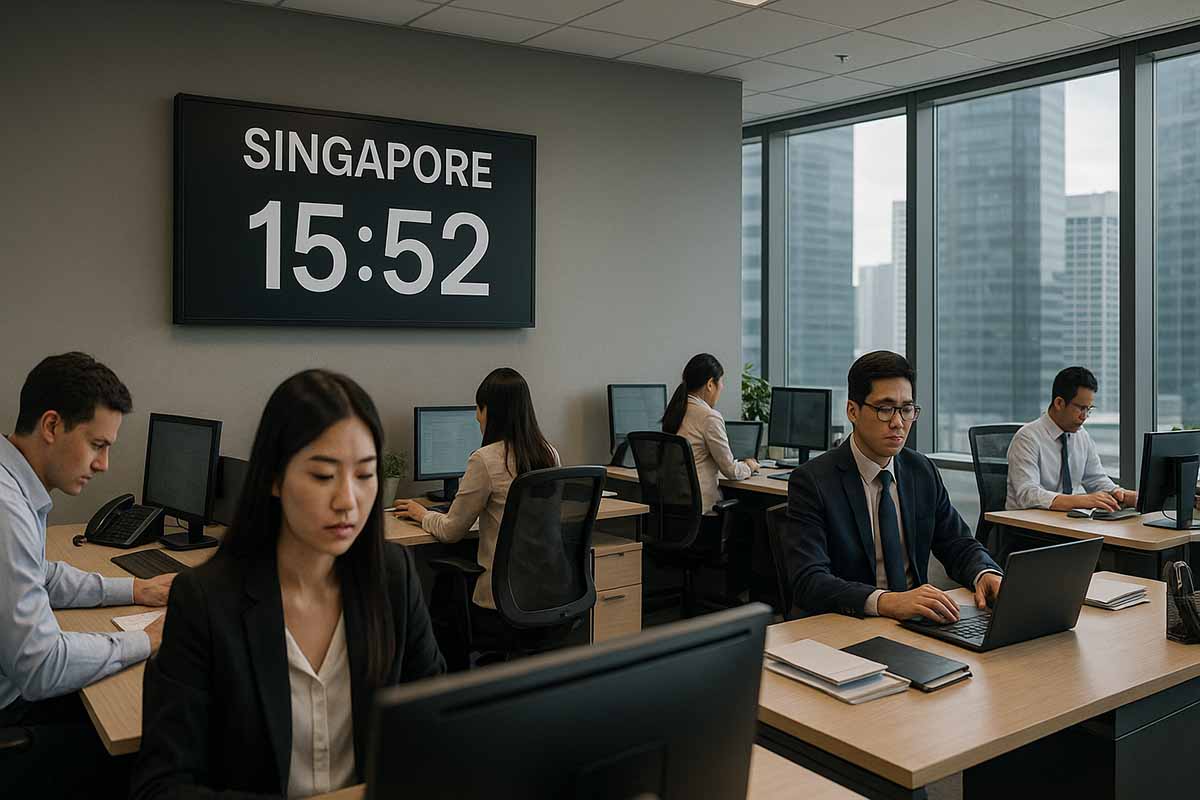

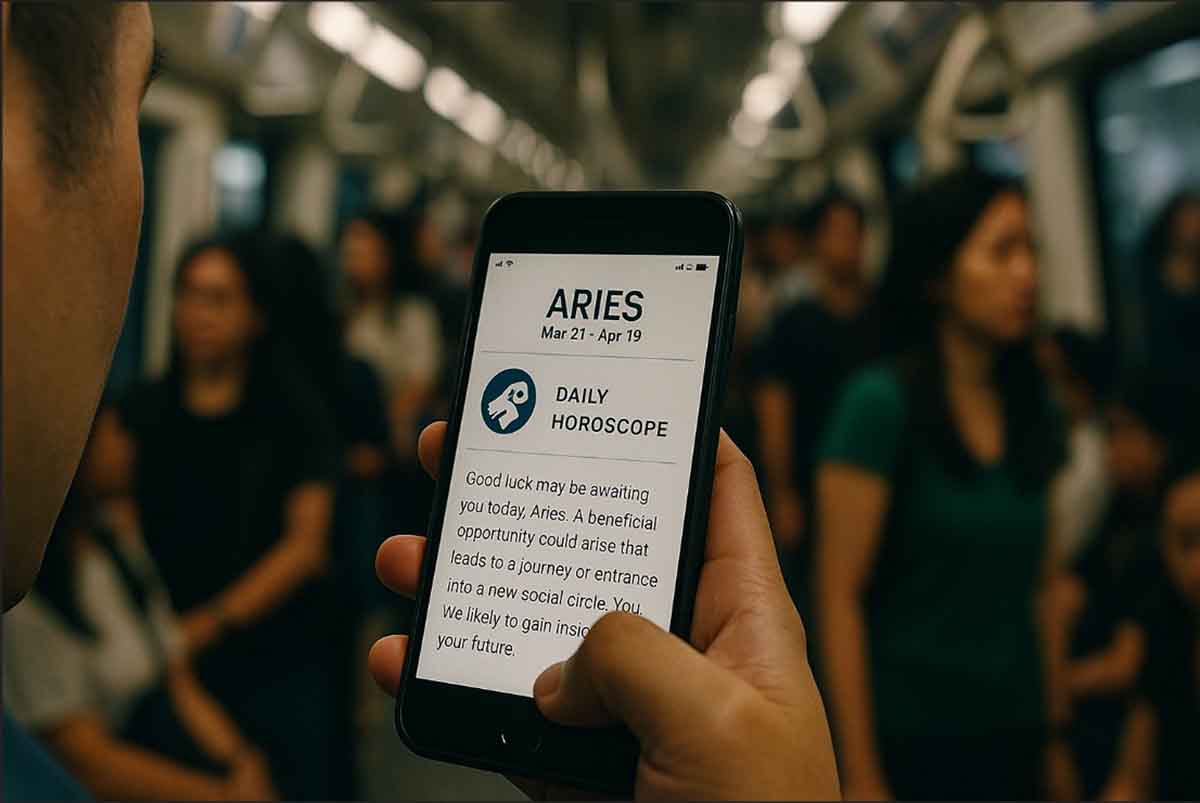

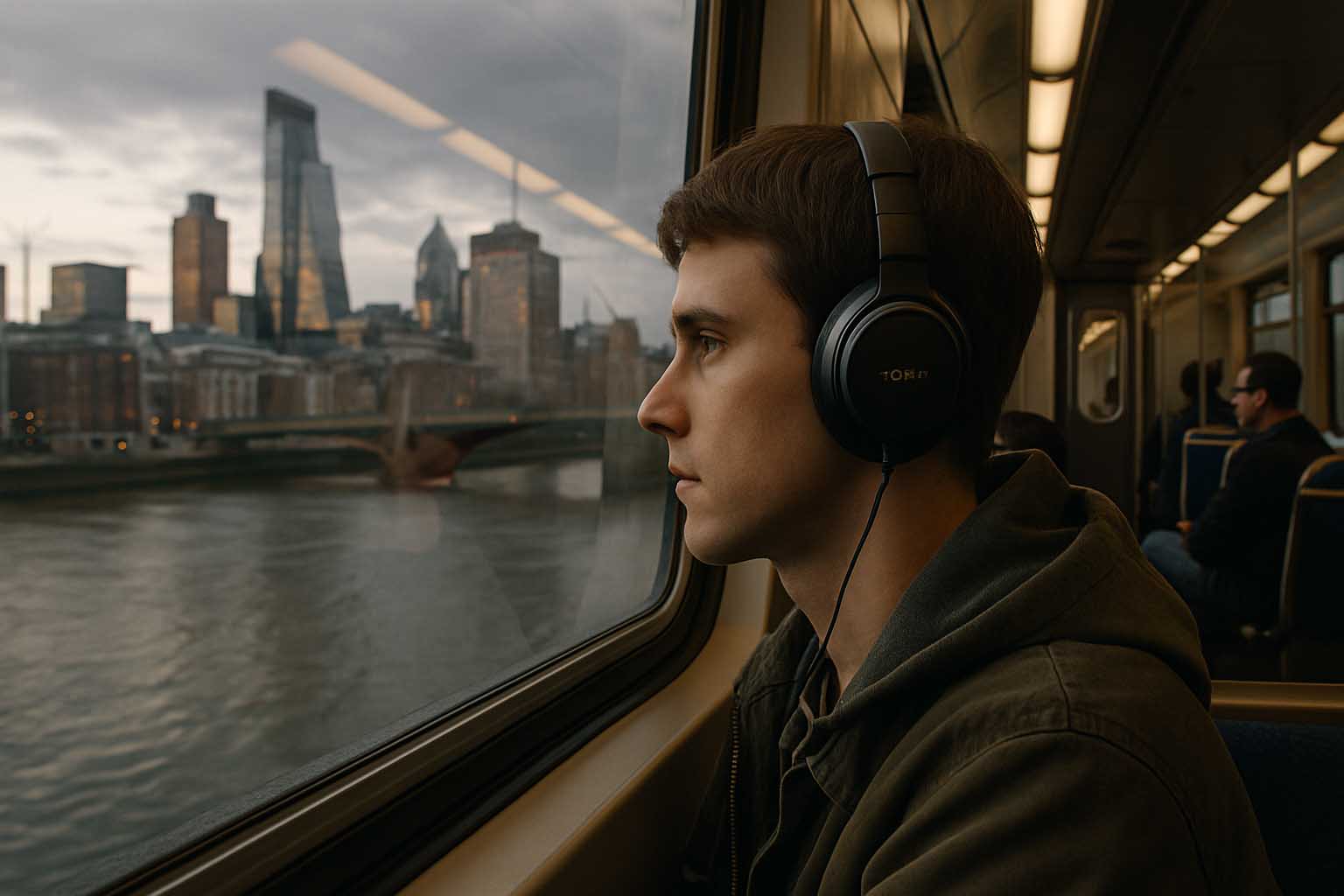
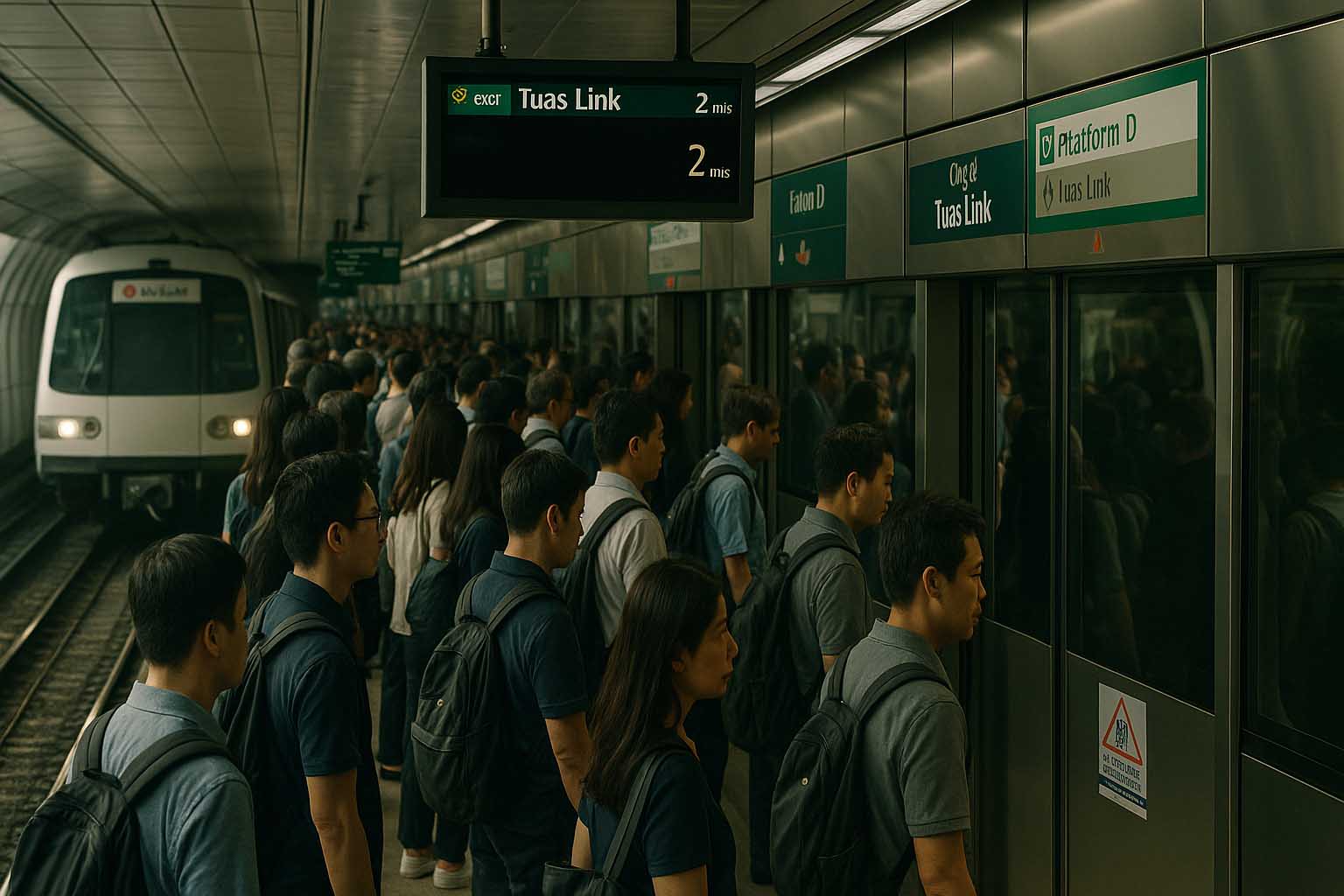

Leave a Reply